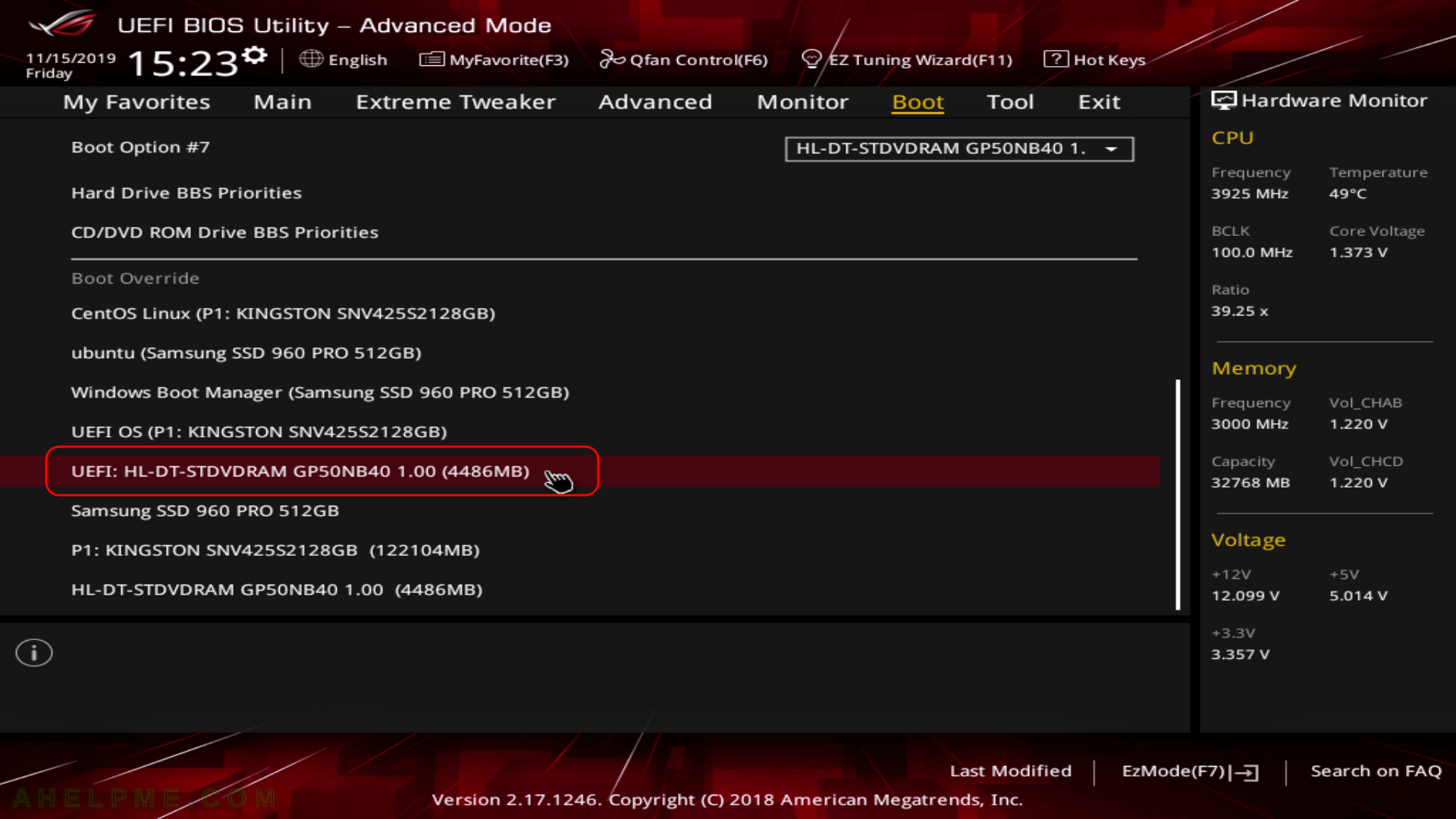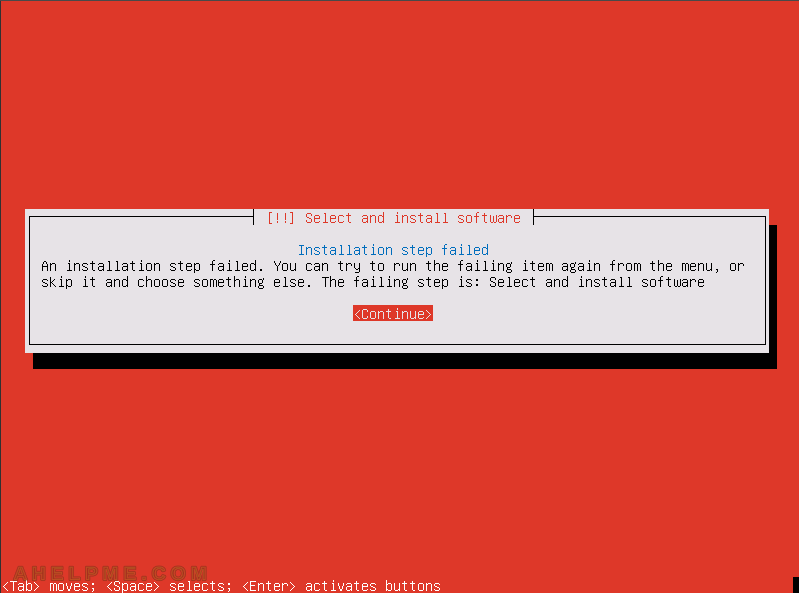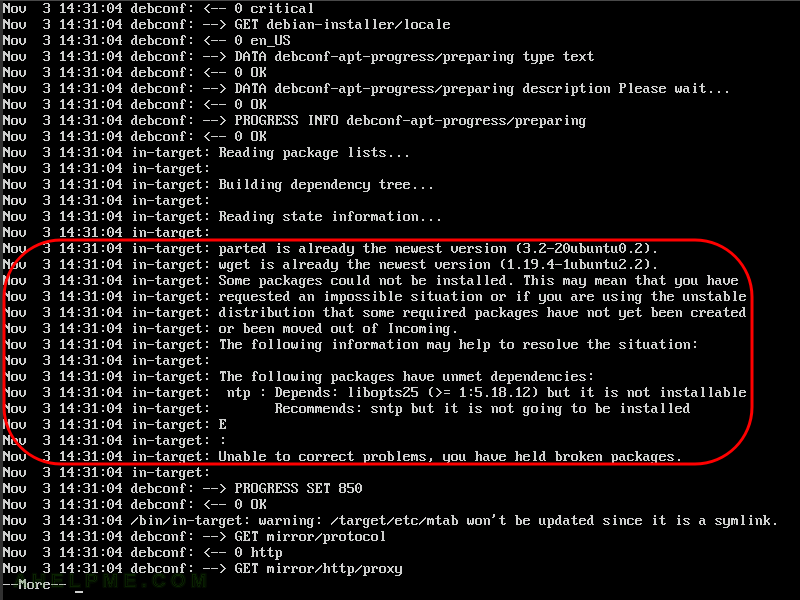This article is for those of you who do not want to install a whole new operating system only to discover some technical details about the default installation like disk layout, packages included, software versions, and so on. Here we are going to review in several sections what is like to have a default installation of Fedora Workstation 31 (Gnome) using a real not virtual machine!
The kernel is 5.3.7 it detects successfully the Threadripper 1950X AMD and the system is stable (we booted in UEFI mode).
Software
With Fedora 31 (Workstation Edition) you can have
- linux kernel – 5.3.7 (5.3.7-301.fc31.x86_64)
- Graphical User Interface
- Xorg X server (Xwayland) – 1.20.5
- GNOME (the GUI) – 3.34.1
- K Desktop Environment – ships with https://spins.fedoraproject.org/en/kde/ Use this spin to install KDE.
- System
- linux-firmware – version: 20190923, release: 20191022-103.fc31.
- QT – 5.12.5
- libc – 2.30
- GNU GCC – 9.2.1
- OpenSSL – 1.1.1d
- coreutils – 8.31
- yum – Depricated and replaced with dnf
- dnf – 4.2.9
- cups – 2.2.12
- rsyslog – 8.1907.0
- NetworkManager – 1.20.4
- Servers
- Apache – 2.4.41
- Nginx – 1.16.1
- MySQL server – 8.0.17
- MariaDB server – 10.3.17
- PostgreSQL – 11.5
- Programming
- PHP – 7.3.10
- python – 2.7.17 and also includes 3.7.4
- perl – 5.30.0
- ruby – 2.6.5
- OpenJDK – 11.0.4.11 and also includes 1.8.0.222.b10
- Go – 1.13.1
- Rust – 1.38.0
- Subversion – 1.12.2
- Git – 2.23.0
Note: Not all of the above software comes installed by default. The versions above are valid for the intial release so in fact, these are the minimal versions you get with Fedora 31and installing and updating it after the initial date may update some of the above packages with new versions.
The installation procedure you can find here – Install Fedora Workstation 31 (Gnome GUI).
Installed packages are 1653 occupying 6.9G space:.
[root@srv ~]# dnf list installed|wc -l 1653 [root@srv ~]# df -h / Filesystem Size Used Avail Use% Mounted on /dev/mapper/fedora_localhost--live-root 69G 6.9G 59G 11% /









